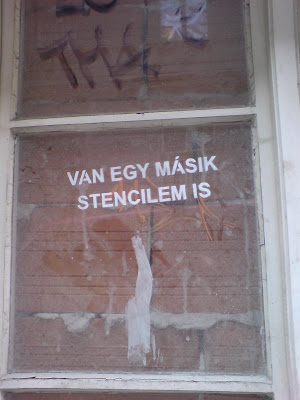
I dont remember if I had mentioned the young guys putting out posters, for "you be the prime minister" after Gyurcsány has resigned ...
here is an other reaction to the political circus we are experiencing in the last 15 years in Hungary...
Lajos Bokros was the finance minister of the Horn-government between 1995-96 and became infamous for his so called "Bokros-package" - as a result of which he is still today the most unpopular Hungarian politician. The package was the strongest economical constraint-plan after the changes in Hungary.
Now that Ferenc Gyurcsány has resigned from being prime minister of Hungary some people wanted to nominate Lajos Bokros to be the ney prime minister (as a nominee of MDF middle right conservative party)
The sticker is on Király street, on a phone cell.
Other candidates were also related to Bokros, just like György Surányi, who was a co-author of the Bokros-package, anno and is currently chair of the Hungarian National Bank. One of my acquiantences, a middle aged businessman, with a relatively stronger Jewish identity, raised to me the nomination of Mr. Surányi as a problem, since he is Jewish, and a Jews cannot be the prime ministers ... good old fears, and it show a lot about how Jews and Hungarian think about politics and jewish identity.... I find his argument strange, just as, when he was telling me, that he does not eat Chicken-paprika with sourcream, but only because he does not like it, and not because it is not kosher :)
By the way Bokros was also the director of the CEU universtiy, which is one of the few places where you can study in a really progressive environment...
his moustache is real!!! See the Hungarian moustache contest of the New York Hungarian Institute
here There use to be really funny videos about it, I jsut cant find it now :)

















